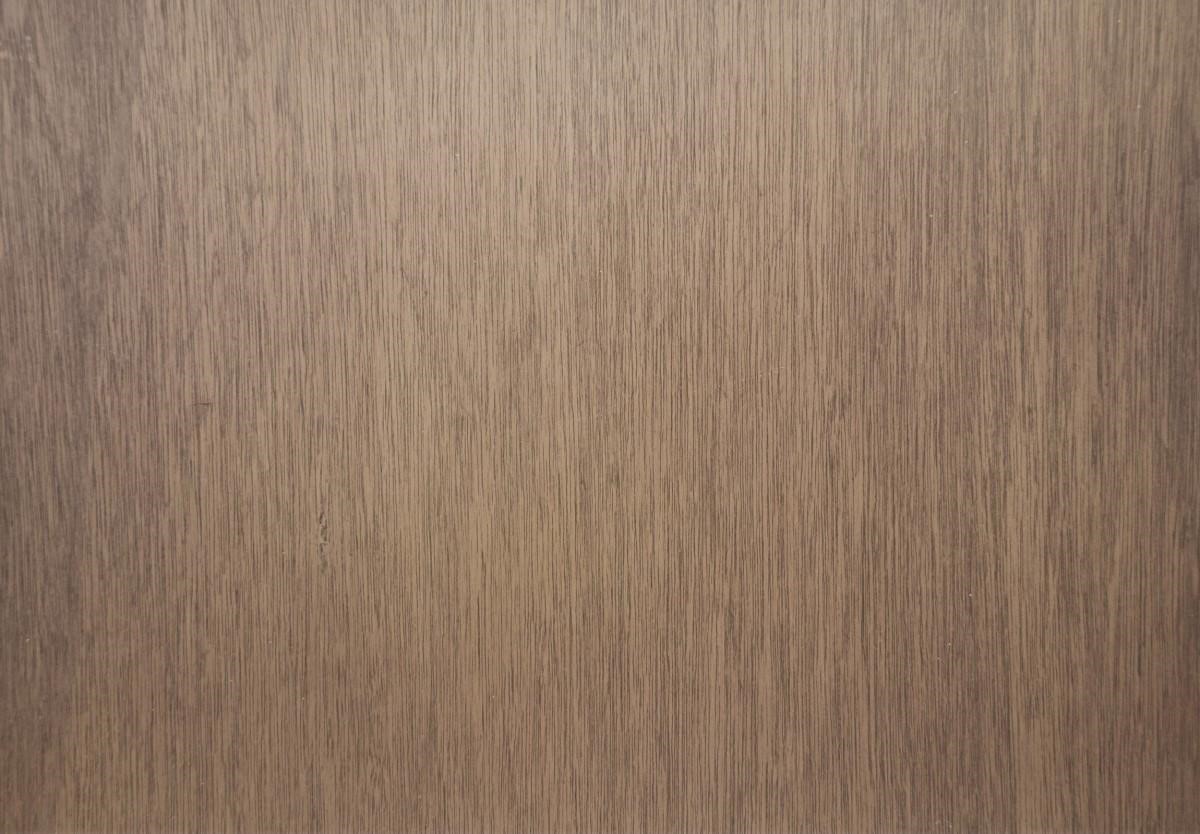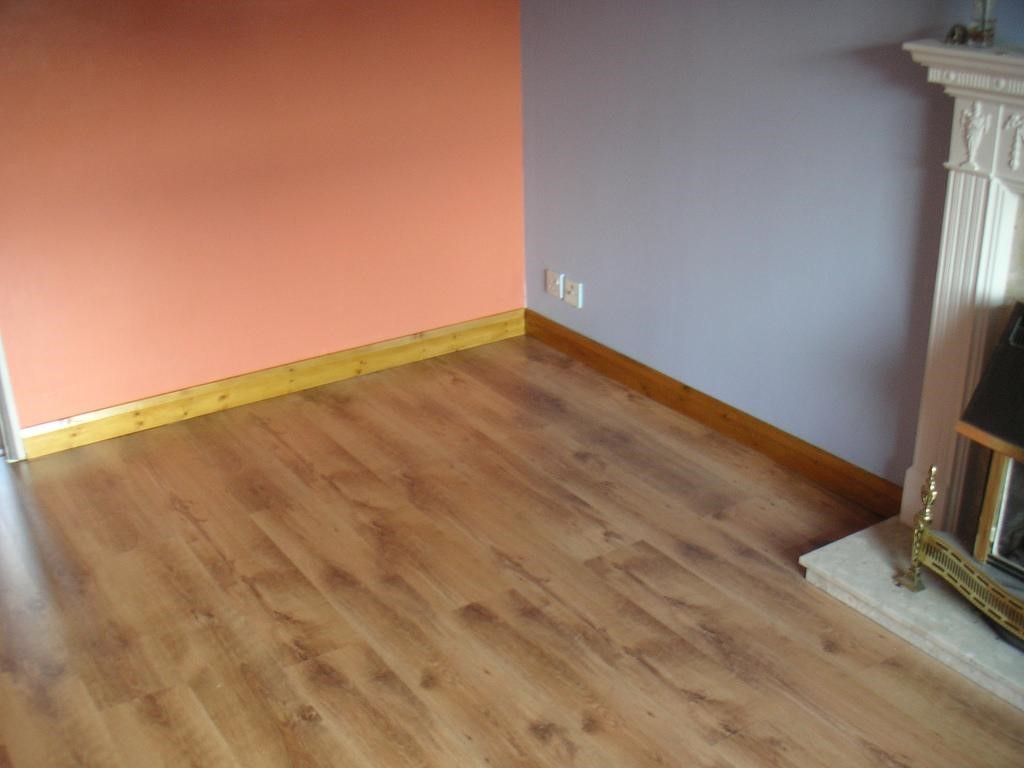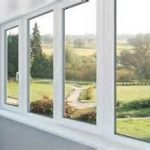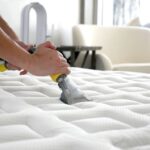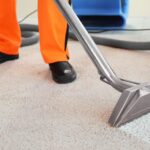Laminate Wood Flooring found at links including irwintiles.ie/index.php/wooden-flooring.html consist primarily of dense re-engineered wood with top layers photographically impregnated with designs – and sometimes textures – of your choice. They should not be confused with vinyl tiles, although they can be similar at first sight.
Vinyl flooring
Vinyl is a fully-artificial product that has better resistance to water. It is preferred in rooms such as bathrooms, but chemical emissions make it less healthy in other parts of the home. Wooden laminates are also often preferred for their textures, warmth and variety.
Click and lock
Most laminate tiles resemble short planks, but they can be a variety of shapes. Regardless of their shape, the majority simply click and lock together. An entire floor can be assembled like Lego in just a few hours. The flooring floats freely on the surface beneath, meaning it does not need nailing or gluing in position. This allows the tiles to expand and contract in response to temperature and humidity without buckling.
Padding
If your subfloor is imperfect, you will need some kind of underlay. Underlay can be chosen for heat and sound insulation properties, or as a damp barrier. Tiles are available with some types of padding already attached.
Glued laminates
Some tiles are intended for gluing instead of click-locking. The results are strong, but floors take longer to construct and are harder to repair. Joints are sometimes pre-glued.
Colours and patterns
Most patterns simulate natural traditional flooring materials, such as timber and ceramics. The range of effects must be seen to be appreciated; for example, grey is a popular colour in a range of patterns, including numerous types of oak, pine and acacia.
Surface finishes
In addition to gloss and matt finishes, textured patterns are increasingly popular. Textures increase the resemblance to natural materials, such as wood grains and stone surfaces. ‘Hand-scraped’ tiles have a distressed appearance.
Abrasion class
This is a guide to how much wear the floor will withstand. Use a higher AC rating in areas such as hallways that are subjected to more traffic than bedrooms, for example. The ratings vary from one to five, with AC1 the lightest and AC5 the heaviest. You probably won’t need more than an AC3 in a private residence, with the highest grades intended for shops and offices.

